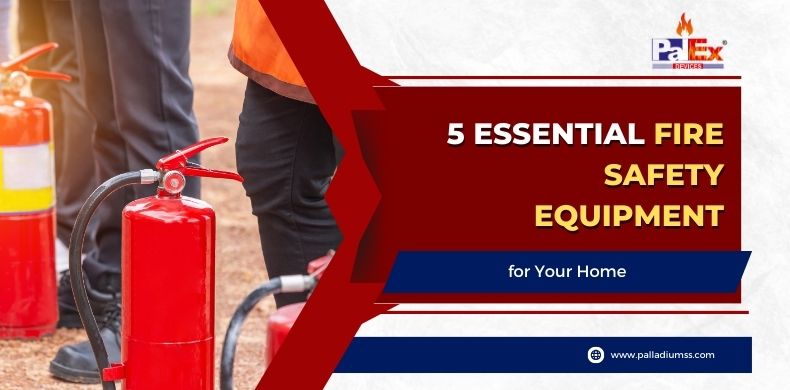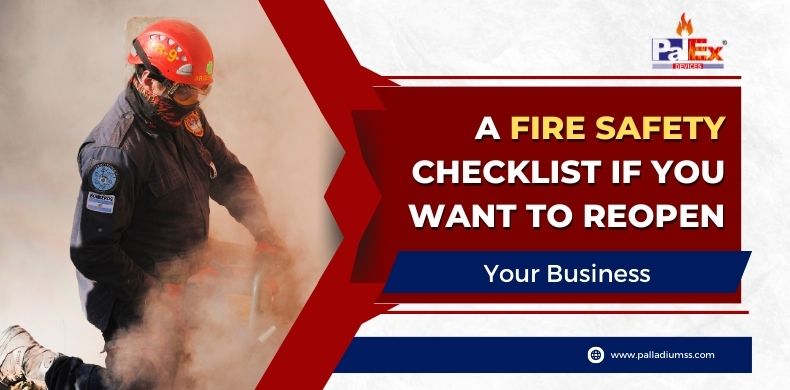A fire door is a particular door that is designed to prevent the spread of fire and smoke. Fire doors are usually made of metal or fire-resistant material and are typically located in areas with a risk of fire, such as in stairwells or near exits.
They are an essential part of a building’s fire safety system and can help save lives in the event of a fire. When a fire starts, the first thing that you should do is close all of the doors in the affected area.
This will help to contain the fire and stop it from spreading. If there is a fire door in the area, make sure that you close it too. Fire doors are usually equipped with a self-closing device, which means they will close automatically if a fire occurs. However, it is crucial to ensure that the door is shut correctly before leaving the area.
Why You Should Install Fire-Rated Doors in Your Buildings
When a fire starts, the first thing that you should do is close all of the doors in the affected area. This will help to contain the fire and stop it from spreading. If there is a fire door in the area, make sure that you close it too.
Fire doors are usually equipped with a self-closing device, which means they will close automatically if a fire occurs. However, it is essential to ensure that the door is shut correctly before leaving the area.
Fire doors are an essential part of a building’s fire safety system. They are usually made of metal or fire-resistant material and are typically located in areas where there is a risk of fire, such as in stairwells or near exits.
Fire doors can help to save lives in the event of a fire. When choosing doors for your building, it is essential to select both fire-rated and impact-rated doors. Fire-rated doors are tested to withstand fire for a certain period of time, and they are usually made of metal or fire-resistant material.
Impact-rated doors are tested to withstand the force of a collision, and they are usually made of steel or reinforced wood. Choosing both fire-rated and impact-rated doors will help ensure the safety of your building and its occupants.
What Should One Look For in Fire Doors?
When choosing doors for your building, it is essential to select both fire-rated and impact-rated doors.
Fire-rated doors are tested to withstand fire for a certain period of time, and they are usually made of metal or fire-resistant material. Impact-rated doors are tested to withstand the force of a collision, and they are generally made of steel or reinforced wood. Choosing both fire-rated and impact-rated doors will help ensure the safety of your building and its occupants.
Also read :What are Fire Rated Doors and Why are They Important
Conclusion
Fire doors are an essential component of any building’s fire safety system. Fire doors help contain fires, prevent the spread of smoke, and even save lives. When choosing doors for your facility, be sure to select fire-rated and impact-rated doors to ensure the safety of your occupants.










